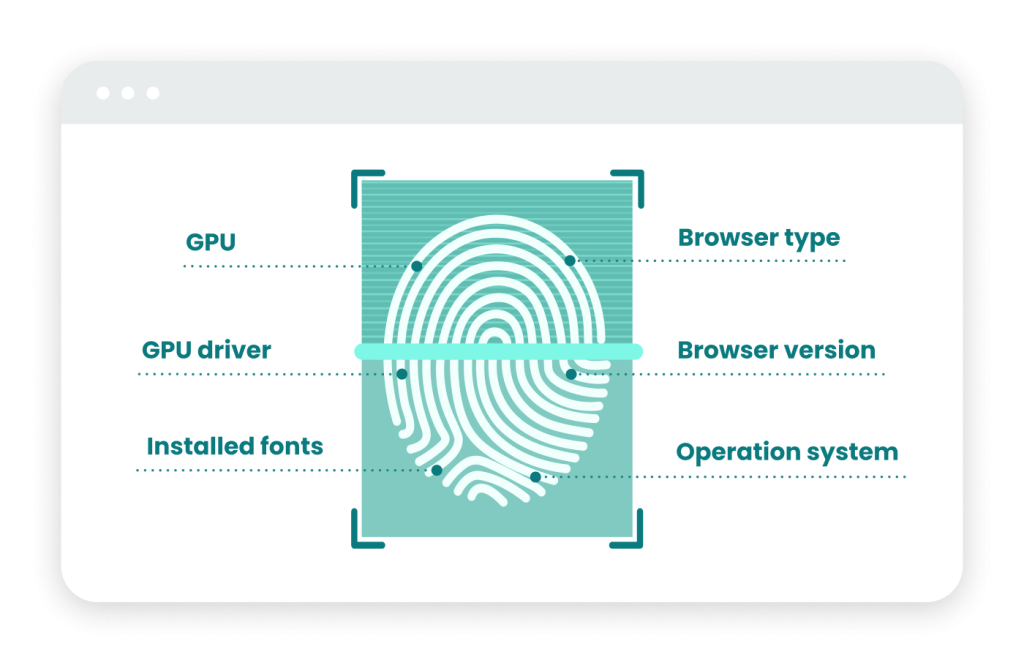Device fingerprinting may provide comprehensive insights on each visitor to your website and deter fraudsters from trying to hack, breach, or spam websites.
Device Fingerprinting: What Is It?
Through the use of details about the hardware and software on the device, you may identify the owner and deduce their objectives in addition to monitoring their activities. Device fingerprinting is the process of gathering details about a user’s device as they connect to a website, application, or other server, including the hardware and browser they are using.
Know more about browser fingerprint checker
Fingerprints from Devices vs Cookies
Anti-fraud solutions may also make use of information gathered by cookie fingerprinting, an alternative technique for learning about a user’s preferences when they visit any website, in addition to device fingerprints. Two distinct individuals would rarely have the same cookie session, hence this information, which is saved on the user’s device, can be a solid indicator of identity theft as well as an accurate means of identifying efforts at multiple account creation. However, users can remove their cookie session or opt out of utilising cookies at any time, which makes it very simple for malicious users to hide their activities.
Device fingerprinting is a technique that can be used to mitigate fraud in various ways. It can help identify legitimate bonus offers, identify multiple account takeovers, detect suspicious emulators or virtual machines, and help verify customers’ identities and intentions. It can also help detect chargebacks and friendly fraud by combining digital profiling and IP analysis. Device fingerprinting can also help manage bot attacks by examining installed plugins, web browser versions, browser window size, screen resolution, and more.
How Reliable Is Fingerprinting on Devices?
Device fingerprinting is a technique that can be quite accurate, and its accuracy rate increases as more attributes are gathered and examined. There are several ways we may respond to this query:
Device fingerprinting is a tried-and-true, essential technique for detecting fraud. This is because red signals, such the usage of dubious technologies frequently used by scammers, privacy browsers, and different forms of spoofing, are simpler to identify the more information we have about a user’s device.
Device fingerprinting is crucial for companies to prevent fraud, cybersecurity, and marketing issues. It helps identify and stop fraud related to multi-accounting, account takeovers, digital on boarding, payment fraud, and bonus abuse. Fraudsters often steal long lists of card numbers and login details, using a trial and error method. Device fingerprinting helps identify high-risk users who may be using emulators to spoof mobile devices, preventing them from using device spoofing and anti-fingerprinting tools. This helps businesses protect their sensitive information and prevent further fraud.
Conclusion
Gaining an accurate image of your users’ devices may make a big difference in how well your fraud detection rate performs. You can stop bonus misuse, multi-accounting, account takeovers, and more with the help of device fingerprinting. All of this information, though, is only useful if you know how to make use of it.




